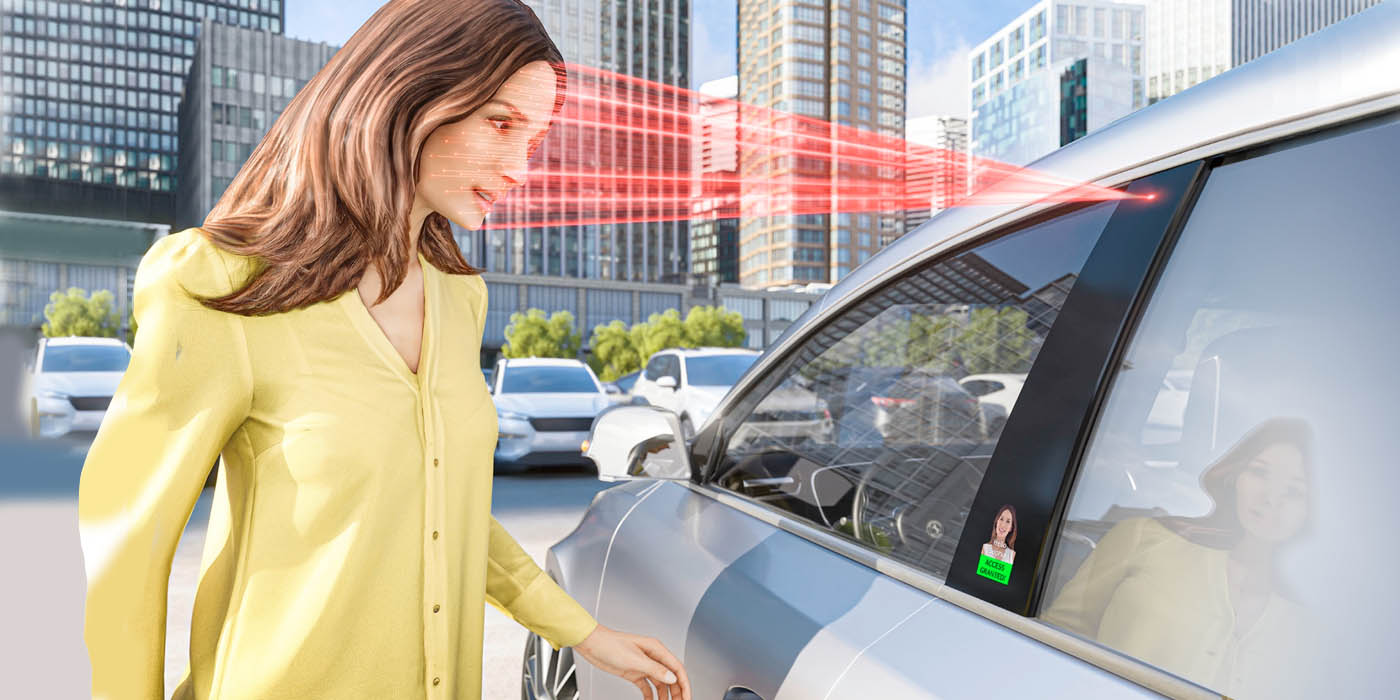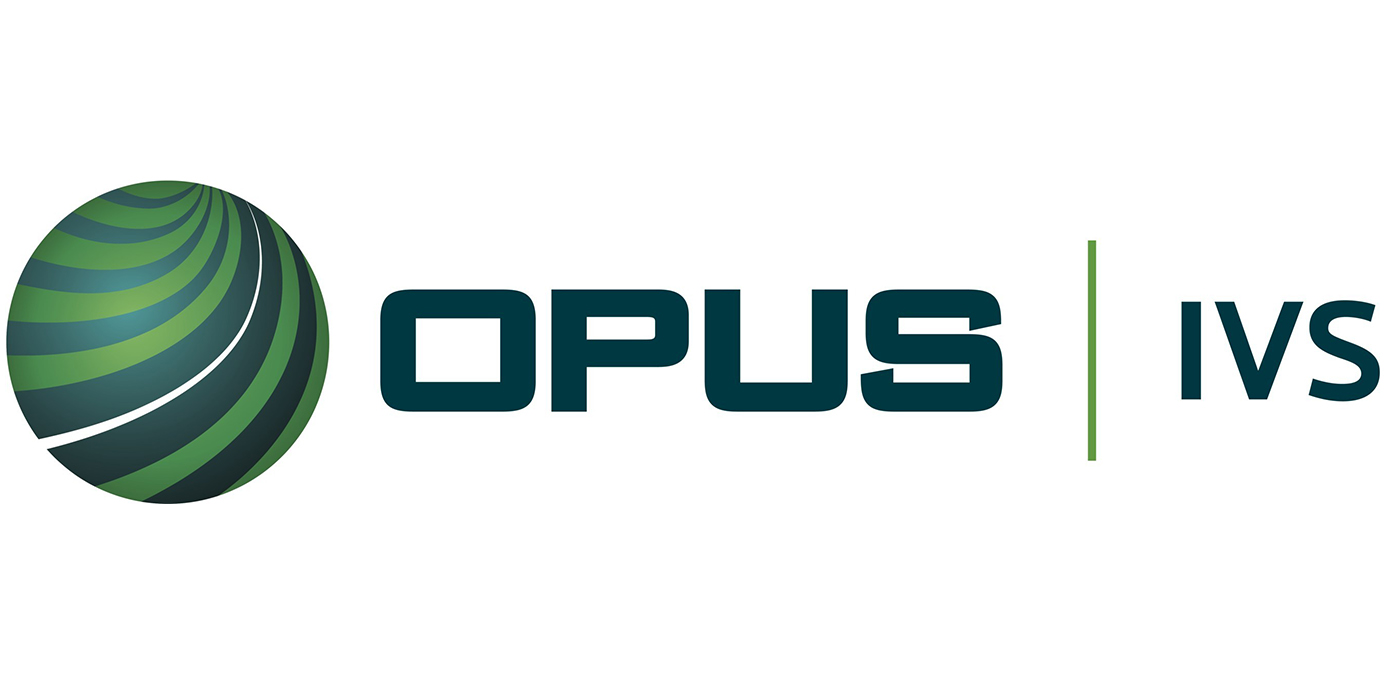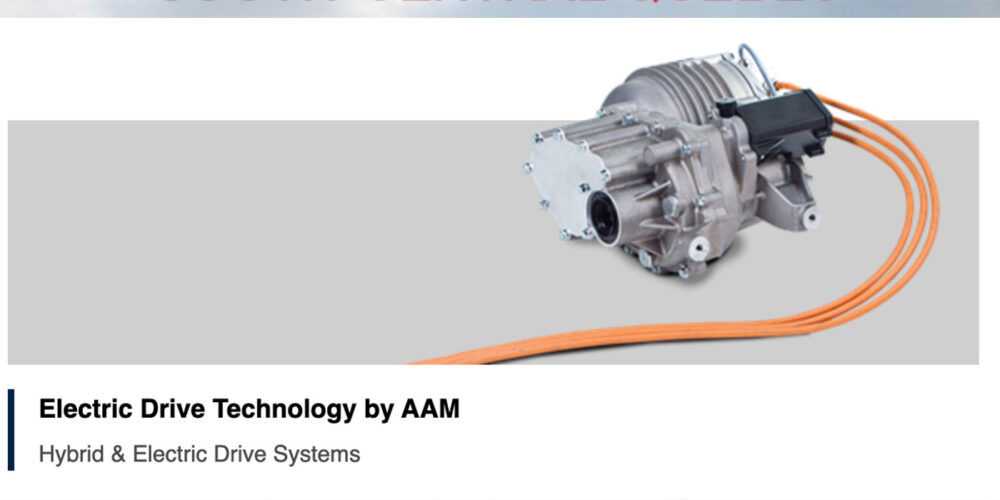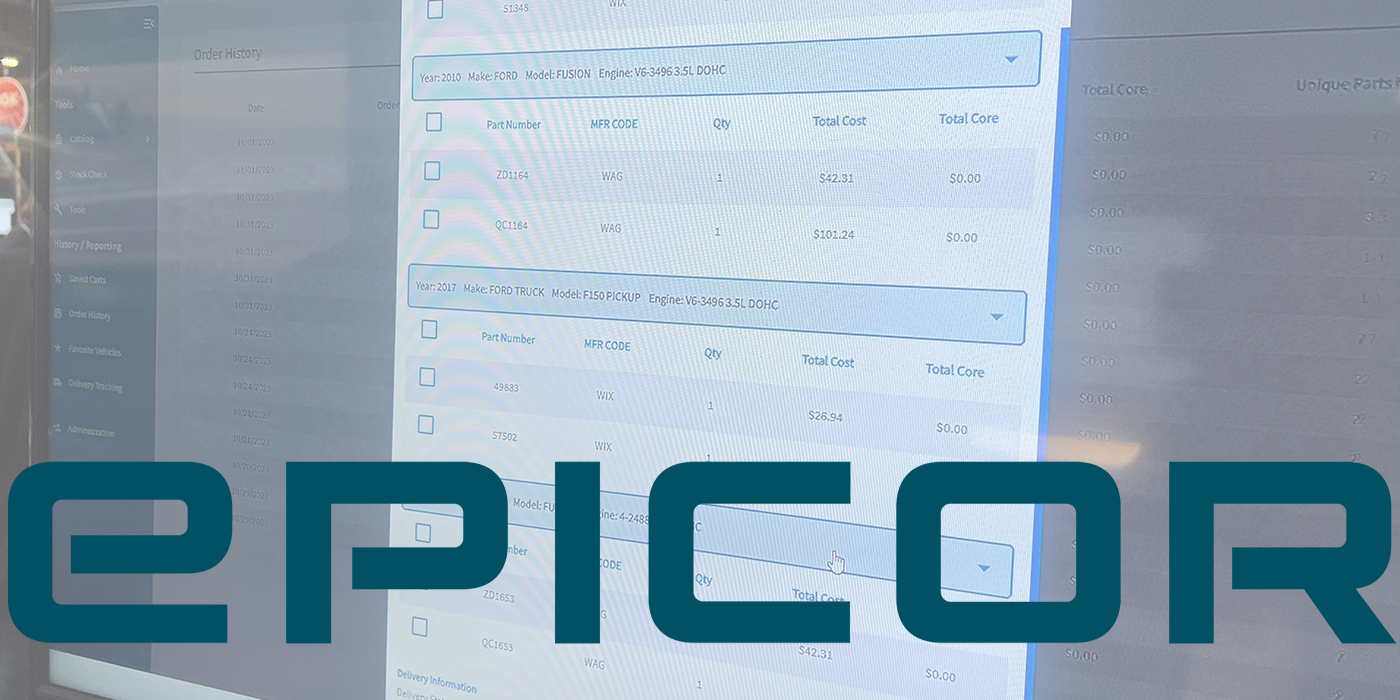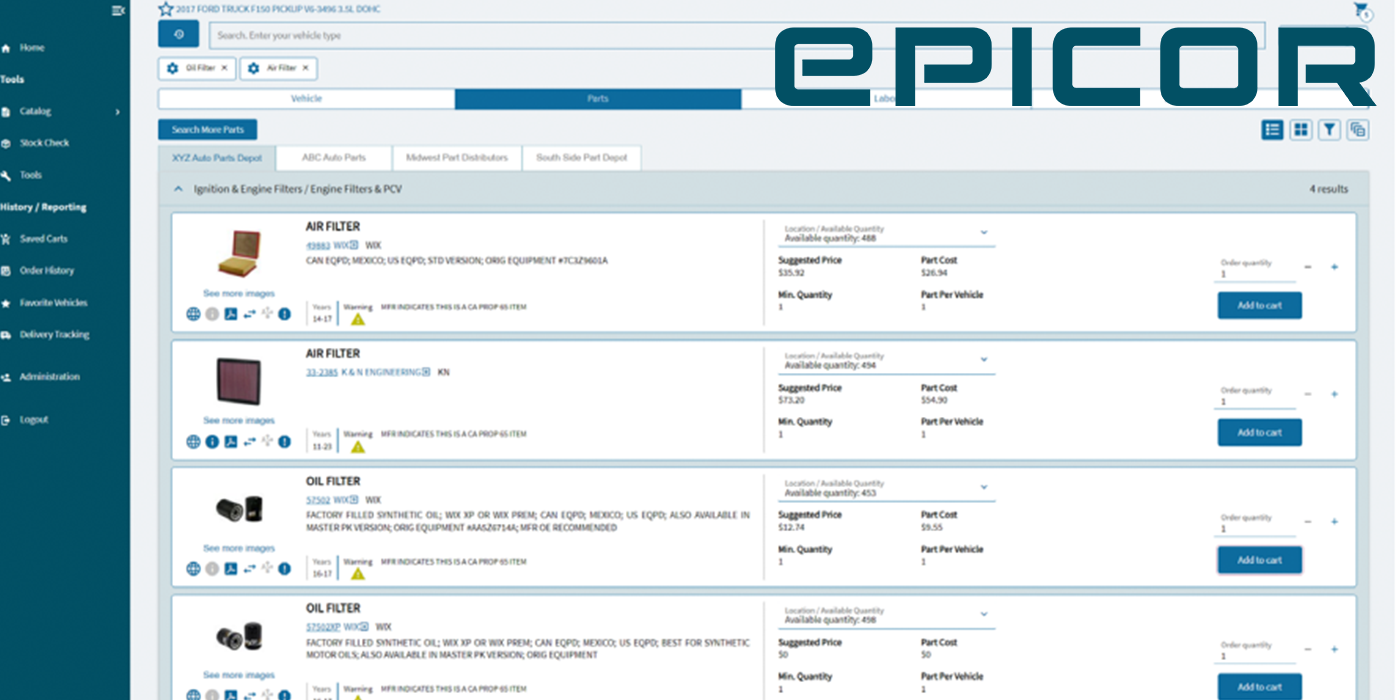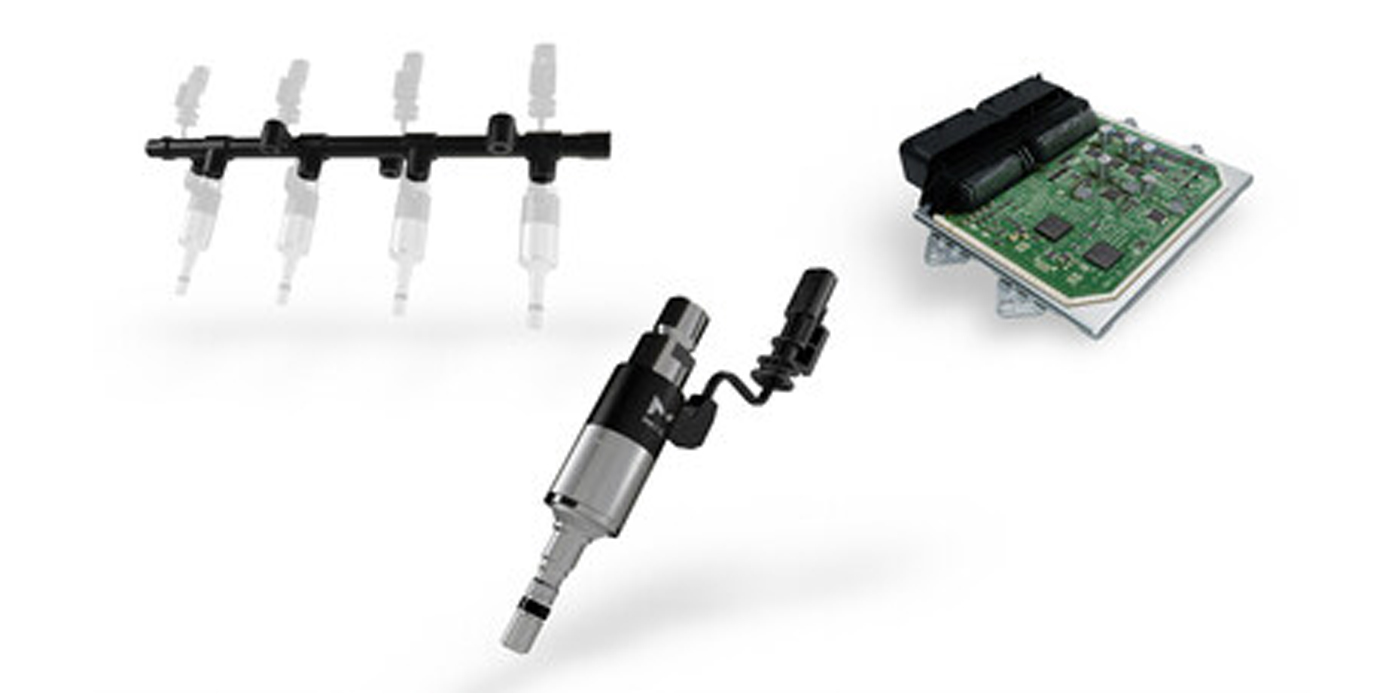AMN Perspectives by Thomas Group: Experience at Work
Posted: May 4, 2004, 9 a.m., EST
by John Steidl, Thomas Group consultant and Mike Manor, president, Automotive Aftermarket, Thomas Group
IRVING, TX — Last time we talked about how a cross-functional management framework, driving business improvement at the process level, can dramatically accelerate the pace of performance-enhancing change. This week we’ll talk about how that same cross-functional management framework can improve the quality of business decisions on a day-to-day basis.
Decisions are not stand-alone events; they occur in the context of a business process. In one sense, decisions are simply steps in a process, although they can be some of the most important steps. In fact, there are many different kinds of decisions that businesses make. For example, tactical decisions cover repetitive, transactional activity such as deciding when and what quantities to order or produce. Creative decisions are associated with marketing or design processes, and include such decisions as how to best promote products, or what features to include in a new product. Strategic decisions are exactly what they sound like, and deal with high level decisions to acquire or divest product lines, change market strategies, etc.
The differences between these types of decisions make for interesting discussions on their own, but one that we don’t have time for here. Instead, we’ll focus on a few critical things these types of decisions have in common.
It takes three things to make good decisions of any kind:
* Good data;
* Well-defined processes; and
* Robust decision models.
All decisions are based on a decision model. The model comprehends the objective of the decision, the data required, and how the data will be used in making the decision. This differs from a decision process, which describes the flow of the data and the parties involved in providing the data and making the decision.
For all types of decisions, however, there is a critical shortcoming in the classic functional organization. That is, decisions tend to be viewed as the responsibility of one function, or even one person within that function. This results in decision processes that are not understood by most of the organization, and decision models that are based on one function’s view of the world.
A perfect example is a company we know that embarked on a major program of supply chain rationalization. A key decision was, “For each commodity class, which suppliers should we keep?” Because this was viewed as a purchasing department decision, the engineering organization was not invited to participate in the process. This resulted in a decision model that did not consider long-term technology capabilities as relevant input.
Then, because decisions were again viewed as things for which small groups should be responsible, the final decisions were divided between the U.S. and European purchasing organizations. Perhaps not surprisingly, the Europeans chose to retain only European suppliers in the commodity classes for which they were responsible, and the Americans chose to retain only U.S. suppliers in the classes for which they were responsible.
These decisions were clearly not in the best interest of the company as a whole, and illustrate the extent to which a functional/individual approach to decision-making can lead to sub-optimal outcomes. But how can we avoid this kind of personal/political decision-making?
The cross-functional management structure we discussed in our last article provides the perfect framework to overcome these problems and improve the quality of business decisions. As cross-functional teams investigate the barriers to improved performance in the major business processes, they must examine the critical decisions associated with those processes. How are decisions made? Is there a well-defined decision process? Is the decision model explicit? In many cases, the decision processes will be vague, and the decision model will be a complete mystery. The decisions will rest with a very small group of individuals, and be largely based on the personal preferences and “gut feelings” of those individuals.
A few of the decisions where a well-defined, cross-functional process can have a significant impact include: (1) what new products to develop and what features those products should have; (2) when to add a new supplier, and which supplier to select; (3) which suppliers to eliminate in a supply chain rationalization exercise.
The challenge is to move the organization from a culture of individual decision-making to one of collaborative, cross-functional decision-making. This is clearly an important leadership issue and we’ll talk more about the role of leadership for change in future articles.
For additional information, visit www.thomasgroup.com or call Mike Manor at 972-401-4444.
_______________________________________
Click here to view the rest of today’s headlines.
“AMN Perspectives by Thomas Group: Experience at Work” is written and sponsored by Thomas Group. The opinions expressed in “AMN Perspectives by Thomas Group: Experience at Work” articles appearing on aftermarketNews.com do not necessarily reflect the opinions of AMN or Babcox Publications.


